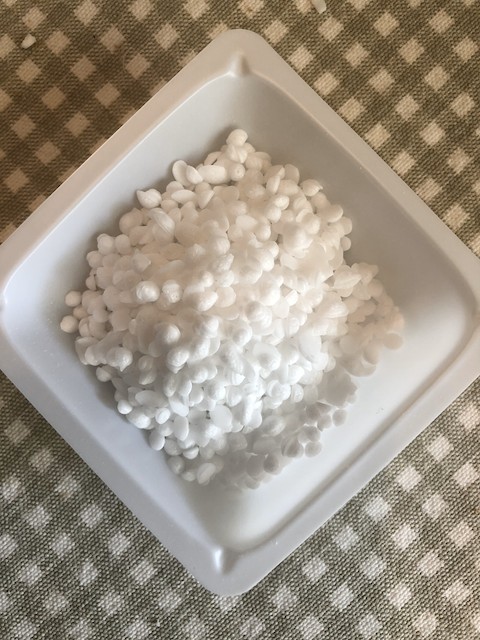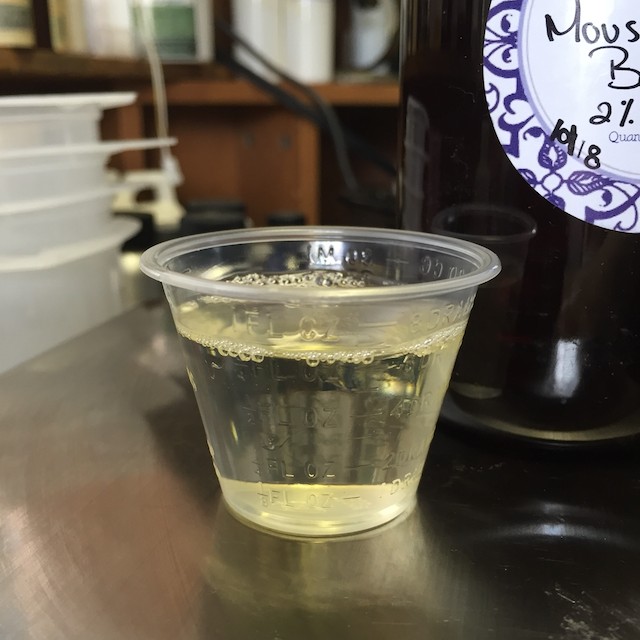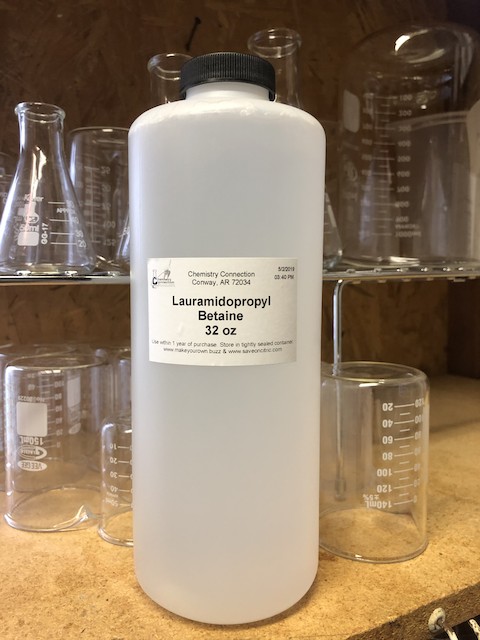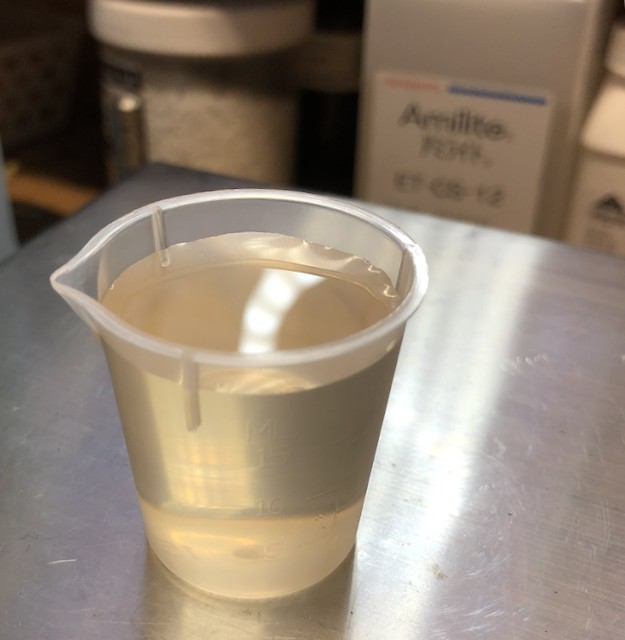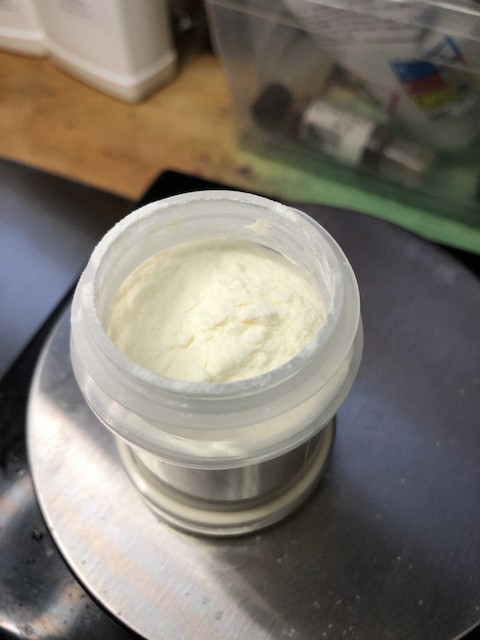Esters: Stearyl palmitate, simple ester
We took some time away from the ester series over the holidays, but it’s time to get back to learning more about these awesome non-greasy, silky, glidy emollients. Let’s take a look at another simple ester, stearyl palmitate. As a note, you can find all the posts from this series in the emollients section of the blog....

